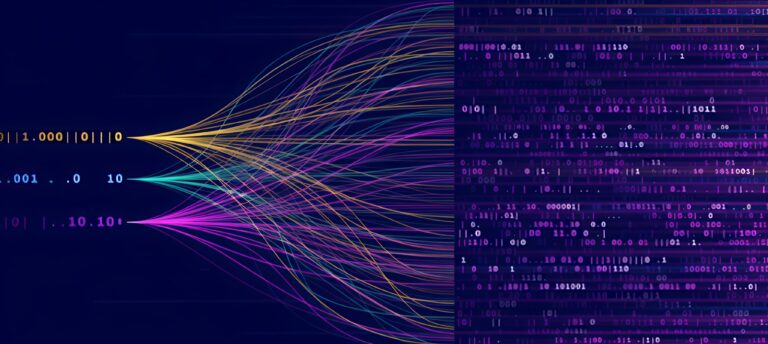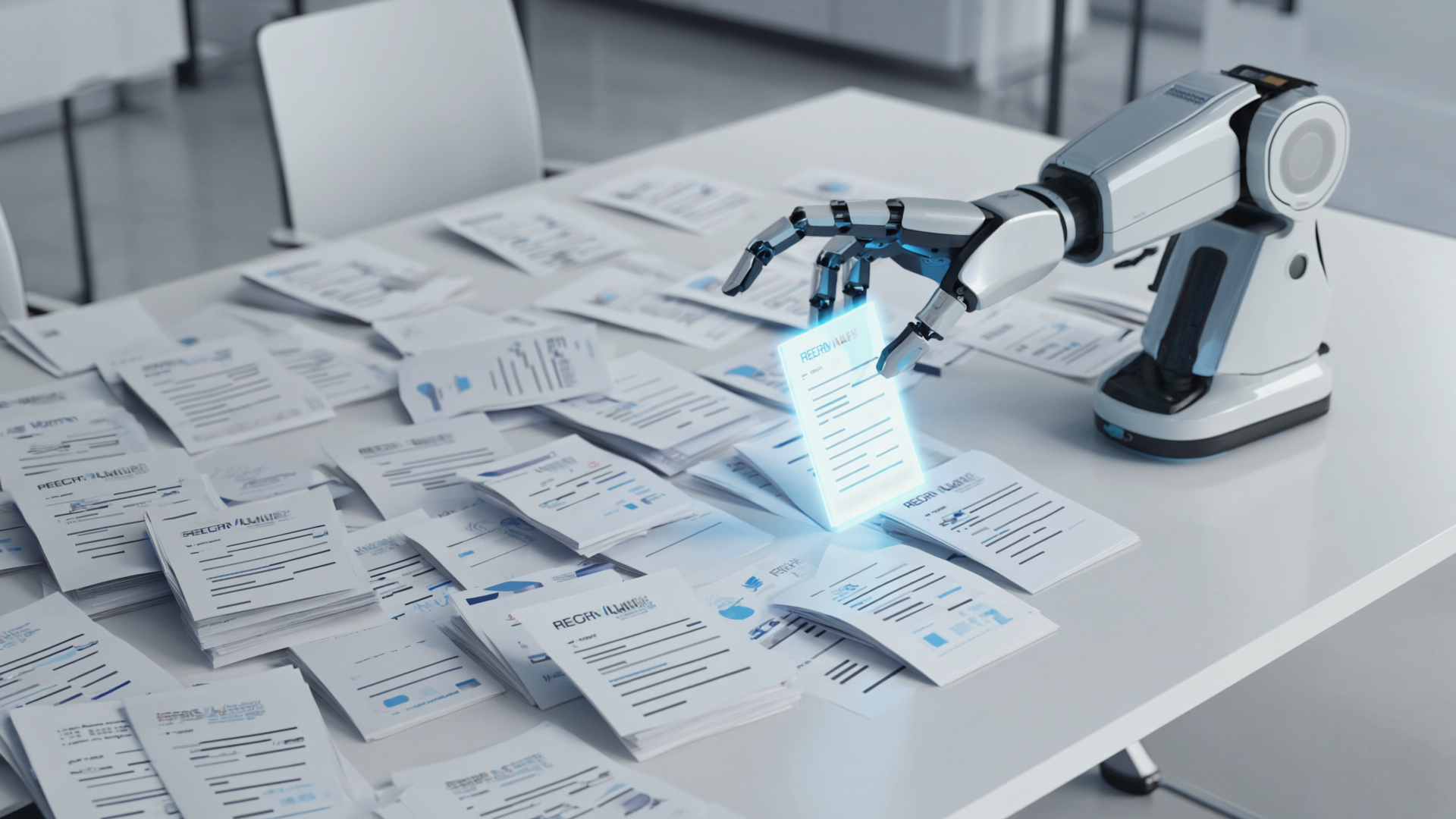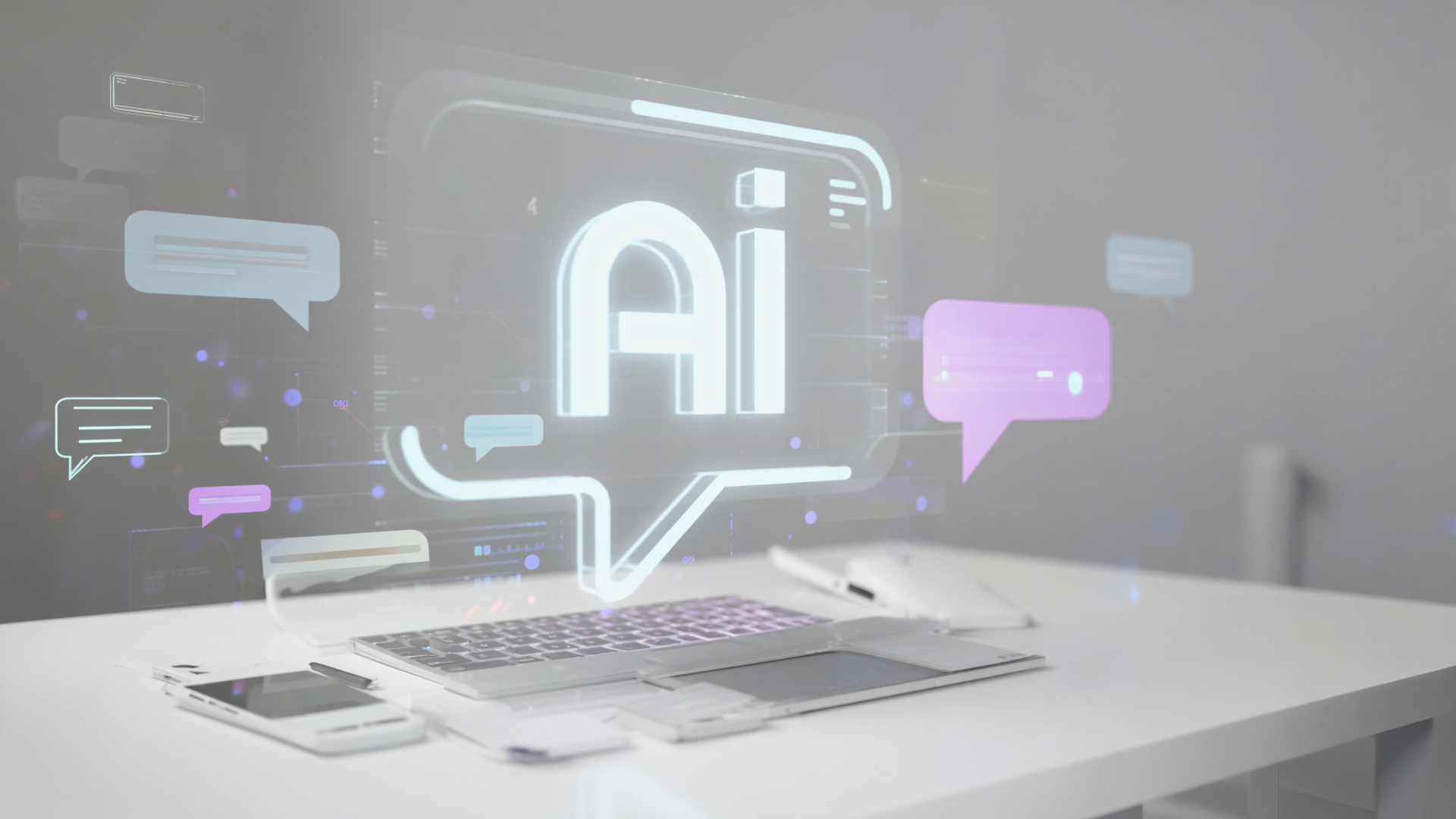
Different types of RAG
Introduction
In the rapidly evolving landscape of artificial intelligence, Retrieval-Augmented Generation (RAG) has emerged as a powerful paradigm that combines the strengths of both retrieval-based and generative models. The significance of RAG lies in its ability to enhance the quality and relevance of generated content by integrating external knowledge sources. This approach is particularly crucial in handling tasks that require a deep understanding of specific domains, offering a balanced blend of precision and creativity. As industries increasingly rely on AI to automate complex processes, understanding the different types of RAG becomes essential for leveraging its full potential.

Key Points and Analysis
Basic RAG Frameworks
At its core, RAG operates by first retrieving relevant information from a pre-existing knowledge base and then using that information to generate a coherent and contextually accurate response. This two-step process helps in grounding the generated content in reality, thereby reducing the chances of factual inaccuracies—a common issue in traditional generative models.
Types of RAG Models
Hierarchical RAG: This model operates with a multi-layered approach, retrieving information at various levels of granularity. It is particularly useful in complex domains where information needs to be synthesized from multiple sources.
Adversarially Trained RAG: By employing adversarial training techniques, this variant of RAG ensures that the retrieved information is not only relevant but also challenges the generative component to produce more refined outputs.
Knowledge-Enhanced RAG: This model integrates structured knowledge sources, such as knowledge graphs, to provide more precise and contextually accurate responses, leveraging the structured data to improve the quality of generation.
Challenges in RAG
Despite its advantages, RAG faces challenges such as maintaining coherence between retrieved and generated content, and efficiently handling large-scale knowledge bases. Moreover, ensuring that the retrieval process is both accurate and fast remains a critical area of ongoing research.
Industry Impact and Applications
The application of RAG spans across various industries, demonstrating its versatility and impact. In the healthcare sector, RAG aids in synthesizing patient data and medical literature to provide personalized treatment suggestions. In finance, it assists in generating reports that are both comprehensive and up-to-date, by integrating real-time market data. The customer service industry benefits from RAG through the development of chatbots that can provide accurate and context-aware assistance by retrieving and utilizing existing customer data. These examples highlight how RAG not only improves efficiency but also enhances the quality of decision-making processes across domains.
Future Implications
As RAG technology continues to advance, its future promises even more sophisticated applications. The integration of real-time data retrieval will further enhance its capability to provide timely and relevant information. With improvements in natural language understanding, future RAG models are expected to offer even greater coherence and context-awareness in their outputs. Moreover, as ethical AI practices become a focal point, ensuring that RAG systems are transparent and unbiased will be a critical area of development. The potential for RAG to revolutionize industries by providing accurate, contextually relevant, and creative solutions positions it as a transformative force in the AI landscape.

Conclusion
Retrieval-Augmented Generation stands at the intersection of retrieval-based and generative AI, offering a compelling solution to the challenges of content generation in complex, data-rich environments. By understanding the different types of RAG and their applications, industries can better harness this technology to drive innovation and improve operational outcomes. As advancements continue, the potential of RAG to shape the future of AI-driven solutions is immense, promising a future where AI systems are not only more capable but also more aligned with human needs and societal goals.
aecenas sollicitudin purus id leo vehicula lacinia quam vulputate dapibus fermentum metus, nec euismod nulla dapibus nasac metus nunc rabitur euntum




